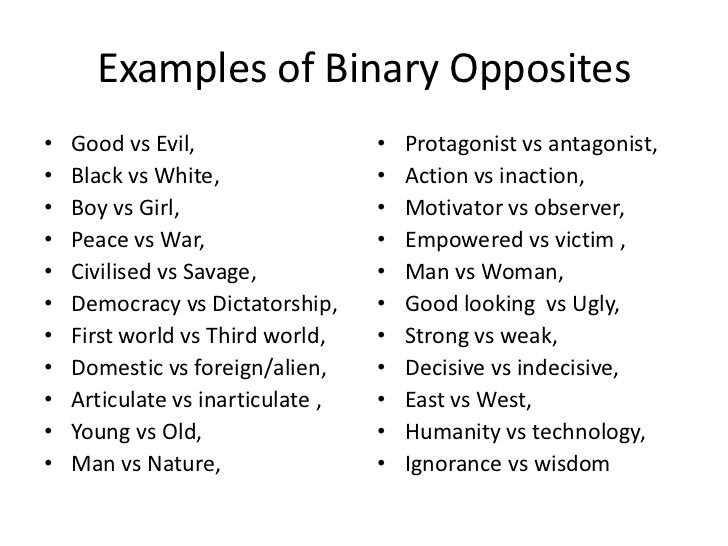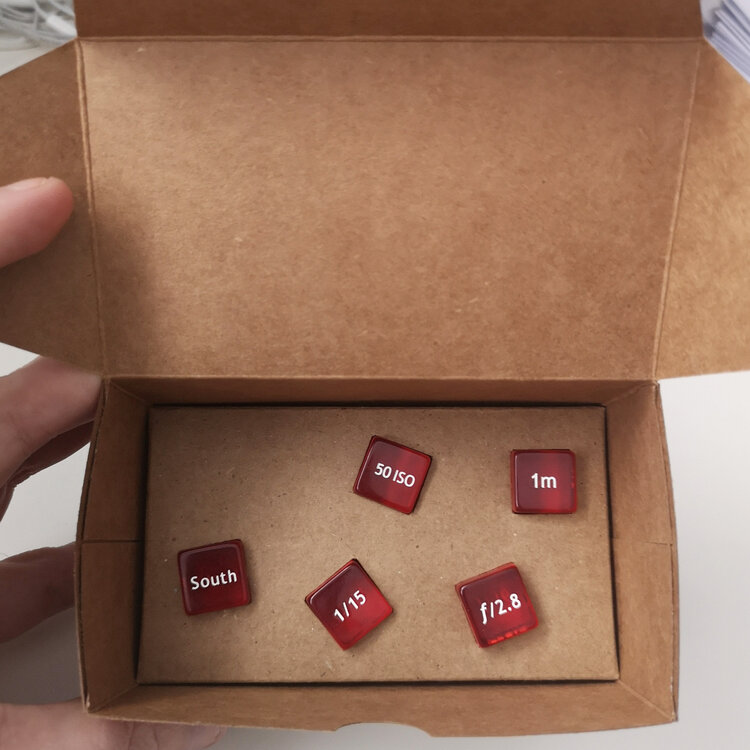Essay Question
In What Way Have Richard Billingham and Matthew Finn Photographed People Who Are Close To Them?
General Plan
Opening quote: “An inside position allows engagement, participation and privileged knowledge.” (Abigail-Solomon Godeau: Inside/Out)
Essay question: In What Way Have Richard Billingham and Matthew Finn Photographed People Who Are Close to Them?
Introduction (250-500 words): What is your area study? Which artists will you be analysing and why? How will you be responding to their work and essay question? For my introduction I will describe what my area of study is – film-making/documentary photography and describe what my personal project is about overall and my aim. I will then state my two artists (Richard Billingham and Matthew Finn) and give an overall description of what their work is about. This will allow the reader the reader to fully understand who I am talking about and why they are specifically relevant to my work.
Paragraph 1 (500 words): Historical/ theoretical context within art, photography and visual culture relevant to your area of study. Make links to art movements/ isms and some of the methods employed by critics and historian. Here, although I have studied Post-Impressionism as my ‘ism’, I will be referring to Abigail-Solomon Godeau. She looks at the inside/outside perspective when it comes to photography . I feel as though this is more relevant to my body of work as opposed to post-impressionism, however this will be mentioned somewhere. I’ll be doing an overall description of what she talks about in her own essay and also include Harvard Referencing in order to boost the potential marks I could get. I’ll also describe Diane Arbus and include an image of her work in order to give a fuller description of the topic, inside/outside. She was criticised for her ‘outsider’ work and accused of objectifying the people that she photographed.
Paragraph 2 (500 words): Analyse first artist/photographer in relation to your essay question. Present and evaluate your own images and responses. The first photographer I will go into analysing is Richard Billingham. I may quickly go over what he does as a photographer and then go in to analyse one of his images (and include an image that he took for illustration). I’ll then go into analysing his perspective when it comes to photographing/film making (which is an insiders perspective). Additionally, I want to go into a second opinion, for example, I could say that he uses his photography for positive effect however his images/photographs aren’t exactly positive and may be objectifying in some sense. Also, I need to include different quotes that back up my argument for Billingham coming from an ‘inside’ perspective, thus, I need to look at specific interviews.
Paragraph 3 (500 words): Analyse second artist/photographer in relation to your essay question. Present and evaluate your own images and responses. Secondly, I will look into Matthew Finn. As before, I will quickly re-describe his area of work and what he does. And then I will reflect on his in side perspective. Again, I will also use quotes to back up my ideas. I will also add in one of his images to add illustration.
Conclusion (500 words): Draw parallels, explore differences/ similarities between artists/photographers and that of your own work that you have produced. In my conclusion I will compare the two artist’s in their methods. For example, Matthew Finn takes a softer approach to his work while on the other hand, Richard Billingham is much more upfront and raw within his work. I also want to link their work with my own and suggest ways they have inspired me in my own techniques. For example, I thoroughly enjoy Richard Billingham’s, up close and personal filming and Matthew Finn’s soft, admirable approach.
Introduction Draft:
In What Way Have Richard Billingham and Matthew Finn Photographed People Who Are Close To Them?
“An inside position allows engagement, participation and privileged knowledge.” (Abigail-Solomon Godeau: Inside/Out)
In this essay I will be evaluating the different ways as to how Richard Billingham and Matthew Finn have photographed/filmed people that are close to them, in this case, their parents. My area of study in my personal project is documentary photography. This is a style of photography that provides a straightforward and accurate representation of people, places, objects and events. Specifically, I am looking into filmmaking, taking a documentary approach to it. I am surrounding it around my Mum, particularly, creating a documentary film in order to expose the struggles and complications that she faces on a day-to-day basis while struggling with a terminal illness – Stage 4 Emphysema. My overall aim of my project is to create a hard-hitting film that triggers hard hitting emotions for the viewer. Since I am also filming someone who is close to me, I feel as though looking into Billingham’s and Finn’s methods will add greater knowledge to my personal work and allow me to potentially take notes from the methods they have used when photographing their own parents. Billingham started off by taking images of his parents (with no prior experience) for reference so that he could paint them, as his main aim before photography was painting. His images of his parents then got noticed and became a huge success. The images exposed his tough life living in a tower block with his alcoholic Dad, Ray, and his overweight, temperamental Mum, Liz. The exposure of his parents was intriguing to viewers and he eventually led on to create several documentary style films surrounding his parents. Matthew Finn, for over thirty years, took images of his Mother. His father did not live with him and he stated that his first intentions were not to create an archive of his Mother, but to create stability, the photographing eventually became a habit. The more Finn discovered about his father, the more he wanted to protect his Mum and be the person/man that would never let her down. The fact that his Mother was wanted and needed to be in his photography, formed a strong bond between the two and she played a huge role in the taking of the photographs. Years later, she developed dementia, and could no longer recognise Finn or herself even, thus, all he had left were these archival images.
Bibliography:
https://www.nationalgeographic.com/photography/photo-tips/portrait-photography-tips/
https://www.theguardian.com/film/2019/feb/23/richard-billingham-ray-and-liz-interview
“I don’t think he took any notice,” Billingham says. “Or if he did it was probably that he was pleased I was in the room with him. The camera acted as a mediator.” – Richard Billingham
https://saatchigallery.com/artist/richard_billingham
https://photoworks.org.uk/richard-billingham/
https://www.getty.edu/publications/resources/virtuallibrary/0892363223.pdf
https://www.mattfinn.com/mother
https://www.photopedagogy.com/insideout.html
https://www.photopedagogy.com/uploads/5/0/0/9/50097419/week_5_abigail_solomon-godeau_inside_out.pdf
https://www.theguardian.com/artanddesign/2011/jul/26/diane-arbus-photography-sideshow








